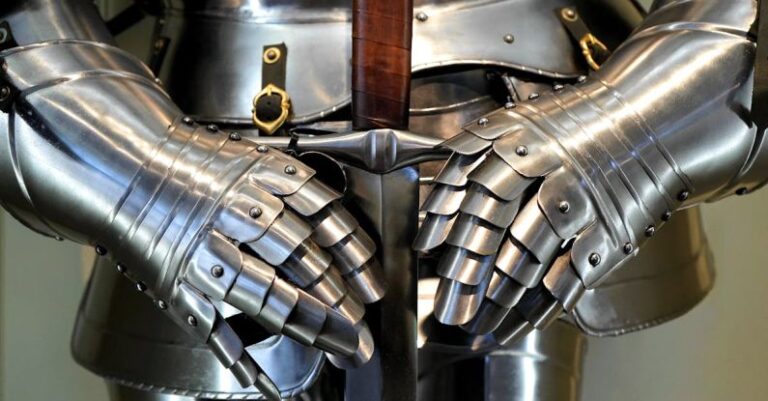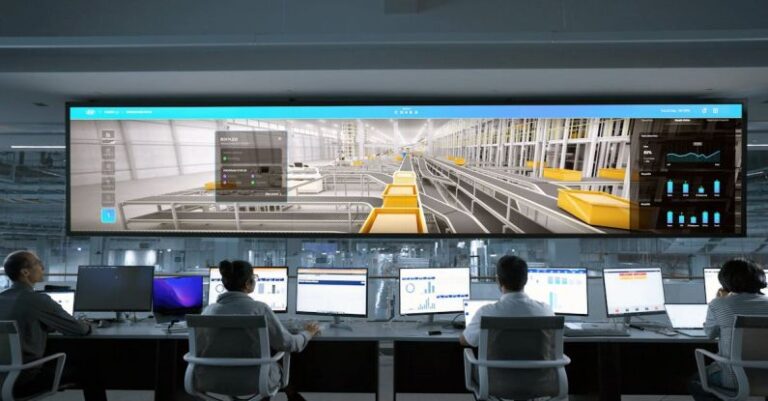
Power Efficiency in Portable Robotics
Portable robotics have revolutionized various industries, offering convenience, flexibility, and efficiency. However, one common challenge faced by designers and developers of portable robots is power efficiency. Ensuring that these robots can operate for extended periods without frequent recharging or battery replacement is crucial for their effectiveness. In this article, we will explore some effective strategies to deal with power efficiency in portable robotics.
Understanding Power Consumption
Before delving into specific strategies for enhancing power efficiency, it is essential to have a clear understanding of power consumption in portable robotics. Power consumption is the rate at which a robot utilizes electrical energy to perform its functions. Factors such as motor operation, sensor usage, communication modules, and computation tasks contribute to power consumption in robots. By identifying the components that consume the most power, designers can focus their efforts on optimizing these areas to improve overall power efficiency.
Optimizing Hardware Components
One of the key strategies for enhancing power efficiency in portable robotics is to optimize the hardware components used in the robot’s design. Selecting energy-efficient motors and sensors, as well as lightweight materials, can help reduce power consumption. Additionally, incorporating power management systems such as voltage regulators and power converters can ensure that energy is utilized more effectively within the robot’s system. By carefully choosing and integrating hardware components, designers can significantly improve the power efficiency of portable robots.
Implementing Energy-Efficient Software Algorithms
In addition to optimizing hardware components, the use of energy-efficient software algorithms is crucial for maximizing power efficiency in portable robotics. By developing algorithms that minimize computational complexity and reduce unnecessary processing tasks, developers can help decrease power consumption. Implementing efficient control algorithms for motor operation, sensor data processing, and communication protocols can significantly impact the overall power efficiency of a robot. Furthermore, utilizing sleep modes and power-saving techniques during idle periods can further enhance energy conservation in portable robots.
Utilizing Energy Harvesting Technologies
Energy harvesting technologies offer a promising solution for extending the operational time of portable robots without the need for frequent recharging or battery replacement. By capturing and converting ambient energy sources such as solar, kinetic, or thermal energy into electrical power, robots can potentially operate indefinitely or for extended periods without external power sources. Integrating energy harvesting technologies into the design of portable robots can help overcome power limitations and improve their autonomy and efficiency.
Balancing Performance and Power Efficiency
When designing portable robots, striking a balance between performance and power efficiency is essential. While it may be tempting to prioritize high performance at the expense of power consumption, doing so can lead to shortened operational times and increased maintenance requirements. By carefully optimizing the robot’s components, software algorithms, and energy management systems, designers can achieve an optimal balance between performance and power efficiency. This approach ensures that portable robots can deliver the desired functionality while maximizing energy conservation and operational autonomy.
Enhancing Power Efficiency in Future Robotics
As the demand for portable robotics continues to grow across various industries, the need for enhanced power efficiency becomes increasingly critical. By implementing the strategies outlined in this article, designers and developers can address power consumption challenges and create more energy-efficient portable robots. Through a combination of hardware optimization, software algorithm efficiency, energy harvesting technologies, and performance-power balance, the future of portable robotics looks promising in terms of power efficiency and operational autonomy. By prioritizing power efficiency in the design and development process, the potential for portable robots to revolutionize industries and improve everyday tasks becomes even more achievable.





